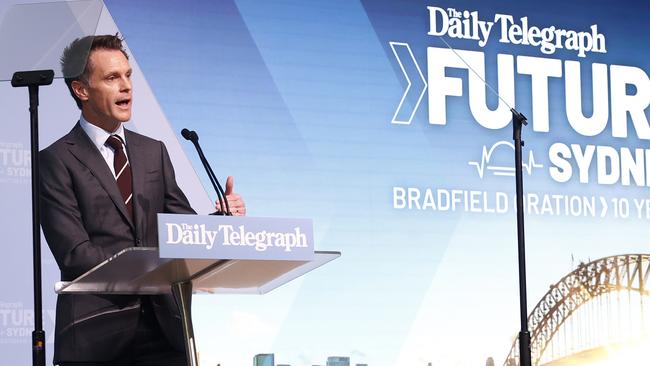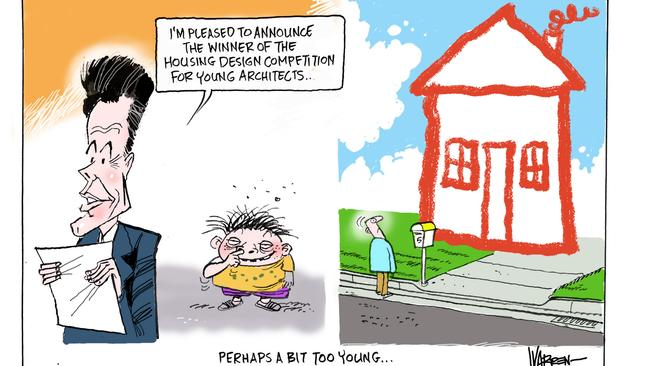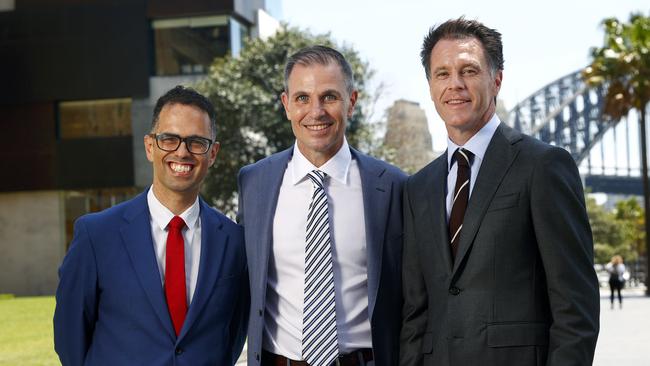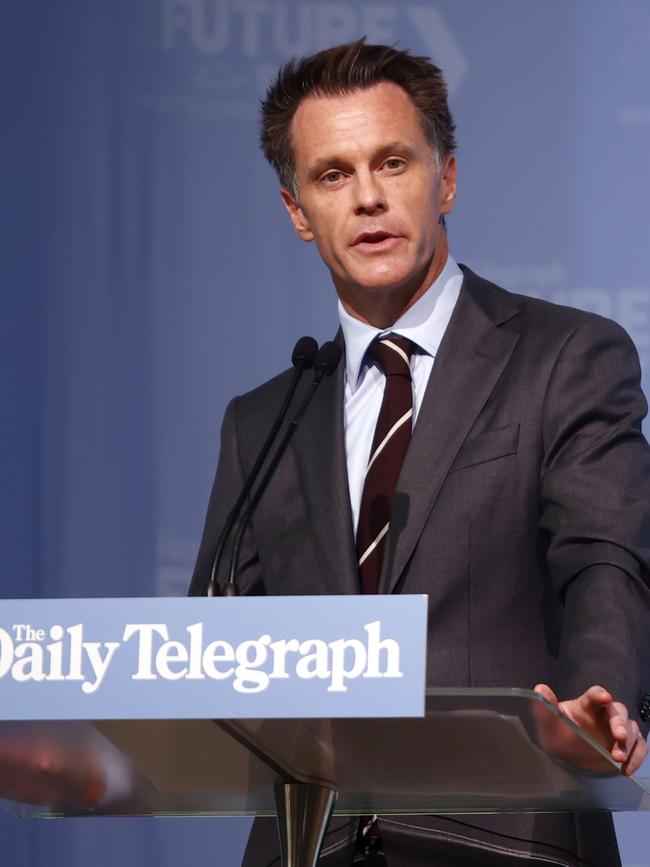Chris Minns: We must be accountable for Sydney’s housing plan
Housing is the key to ensuring young Australians have the ability to write the next chapter of Sydney’s future. Premier Chris Minns outlines how he plans to make sure that future is safeguarded.
Opinion
Don't miss out on the headlines from Opinion. Followed categories will be added to My News.
Sydney is the greatest city on Earth.
Wherever you end up with your designs for Sydney’s future, you start with a city that is bordered on the east by world-class city beaches, on the west, north and south by some of the most pristine and awe-inspiring national parks in the world, and a city that is intersected by three rivers that cut through the urban landscape, offering water access to millions.
It means wherever you live in suburban Sydney — in all but one direction — you can travel 40 minutes and be in complete isolation in the midst of the natural beauty of a national park.
However, for Sydney, all of that natural beauty creates limits to our vision for this town.
Those national parks on all sides mean we are hemmed in when it comes to growth.

The second major problem is that because of its natural beauty there’s a temptation to treat it like a masterpiece and let it hang in a museum untouched.
Treating Sydney like a delicate object risks robbing its future — akin to leaving it on an art gallery wall collecting dust.
We must have the confidence to make change in our city.
That change must include, at its heart, new housing and density for the people who live here. Housing is the key to ensure young Australians have the ability to live in and write the next chapter of Sydney’s future.
Supply is fundamentally being hampered by excessive delays in processing development applications.

Currently, local government is taking on average 111 days to process a development application.
Across councils, this number varies significantly – Blacktown is currently taking around 10 weeks to process an application.
Woollahra and Georges River councils average over 200 days.
Last year’s Bradfield debate, and the subsequent election’s policy arguments around the supply of houses, went a long way in skewering the list of red-herrings often prosecuted by NIMBYs and anti – development mayors and others hoping to frustrate attempts at more opportunities for building in Sydney.
Last year, NSW had 48,000 housing completions in a 12-month period compared to Victoria achieving 59,000. NSW produces six houses per 1000 people per year, while Victoria produced eight and Queensland produced nine houses per 1000 people.
That means that despite having the largest population, the largest expected increase in our population, the highest rents and the highest median house prices, we are last on the east coast when it comes to completions.
Our departments, our councils, some State MPs are saying “no” too often when it comes to new housing options for Sydney.
The culture has to change.

As a starting point, the NSW government will hold ourselves to be totally transparent about how we’re meeting the challenge.
The NSW government will publish housing approval times (or delays) for state-significant developments — every single one of them.
We’ll also centralise and publish the average number of days it takes for all councils to turn around a development application.
We’ll also publish housing completions in comparison to other states — a league table — to track comparisons across borders and to hold us to account.
In order to get terraces and low-rise apartment blocks into the system sooner, I can announce that the government will launch a pattern-book development pathway for terraces and mid-level apartment buildings.
Working with industry, the government architect will develop several template building designs.
If a builder builds to the “pattern-book” plan, then the development will be considered a complying development and it will be given an immediate tick.

The last several years have seen our great state hit with unprecedented natural disasters. Across the Black Summer bushfires of 2019-20 to the La Nina floods of 2021-22, more than 30 residents of NSW lost their lives.
NSW lost more than 8000 homes directly to fire and flood. Infrastructure losses totalled more than $4 billion.
Experts tell us that with climate change we can expect more, not less, extreme weather events over the coming years.
In 2023 the total funding for Fire and Rescue was $1.1 billion for one year, $800 million annually for the Rural Fire Service and $400 million annually for the State Emergency Service. Funding required for these three emergency services is 19 per cent higher than it was in 2022, and a massive 75 per cent higher than it was in 2016.
The NSW Treasury expects the costs of natural disasters to increase from $5.1 billion in 2020 to at least $15.8 billion by 2061.
These costs are astronomical and climbing, and are funded by the fact that NSW is the only state in Australia to fund its emergency services by taxing insurance.
This tax on insurance means that our state has the second-highest average rate of insurance for businesses and households behind hurricane prone Queensland.
It represents a massive disincentive to taking out insurance.
The bottom line is we need households and businesses to take out insurance.
When a natural disaster hits, put frankly, the state does not have the funds to fully ensure a city or suburb to be reconstructed without households taking out insurance.
The situation is also bad for business. According to Business NSW’s ‘business conditions survey’ in May, the cost of insurance is the number one concern of businesses in this state. The reason for that is that the cost of insurance went up 14 per cent over the last 12 months, nearly triple the rate of inflation – and faster than both energy and housing.
I can announce that the government will remove the Emergency Service Levy from insurance and apply it instead to property in the state.
This is recognition that natural disasters affect everyone in NSW and there is a collective benefit in having fully funded, well-prepared and resourced emergency services.
The Treasurer Daniel Mookhey will lead consultations with industry and stakeholders on this important reform before launching a discussion paper in the coming months.
Change, as much as our natural beauty, is what makes Sydney great.
Together lets grasp the opportunity and live up to the daunting legacy of the ultimate change maker in our city’s history – John Bradfield.
This is an edited extract of Premier Chris Minns’ Bradfield Oration.




